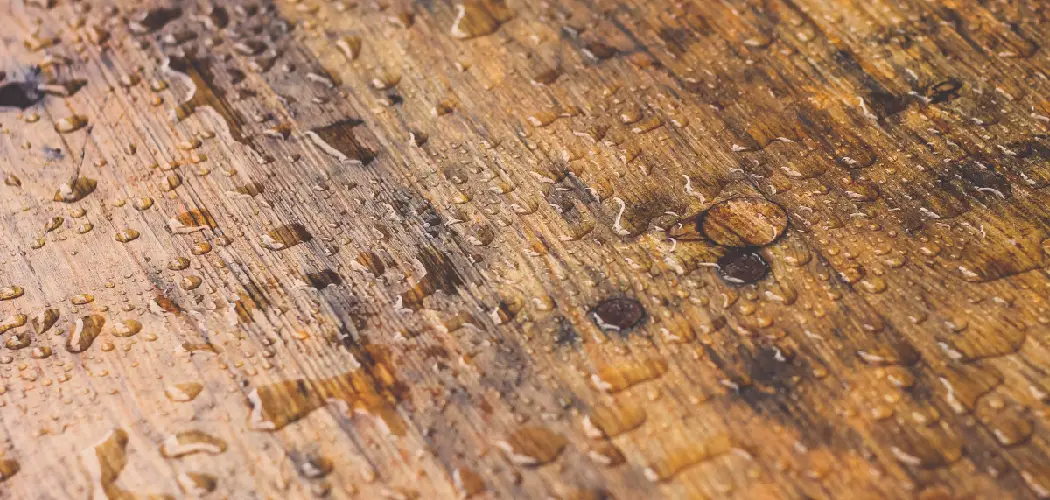Wet wood floors can be a nightmare to deal with, especially if the moisture levels are high enough that mold and mildew begin to set in. But don’t panic – while it may seem like an impossible task to fix your soggy wood floor, there are actually several simple steps you can take that will help dry out and restore your floor back to its original beauty!
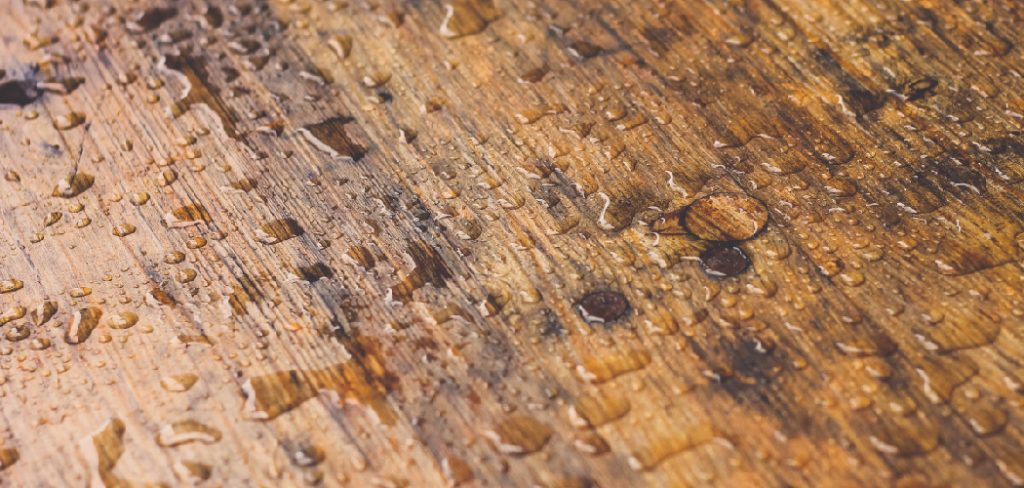
In this blog post, we’re going to discuss how to fix wet wood floor. Read on for tips on finding the source of water damage, when to replace pieces of the hardwood flooring, best practices for drying out wet wood planks quickly and safely, plus more reliable methods for dealing with persistent wetness so you won’t have this problem again in the future!
Supplies You Will Need to Fix Wet Wood Floor
- Vacuum cleaner
- Wet vacuum (optional)
- Towels or rags
- Fans
- Dehumidifier
- Sandpaper (coarse grit to start, then finer grades)
- Wood filler/wood putty
- Sealant (oil-based polyurethane or water-based polyurethane)
Step-by-Step Guidelines on How to Fix Wet Wood Floor
Step 1: Locate the Source of Moisture
Before you begin drying out your wet wood floor, it is important to determine where the moisture is coming from. Check for any leaks or water damage in the walls, ceiling, and around windows and doors. If you are not able to locate the source, contact a water damage professional to do an inspection.
Step 2: Remove Damaged Boards
If you have noticed some of your wood floor planks have become soft and spongy due to high moisture levels, it may be necessary to remove them. Use a hammer and chisel to gently pry up the boards without damaging the surrounding pieces of wood flooring. While removing the wet boards, also keep an eye out for any mold or mildew growth.
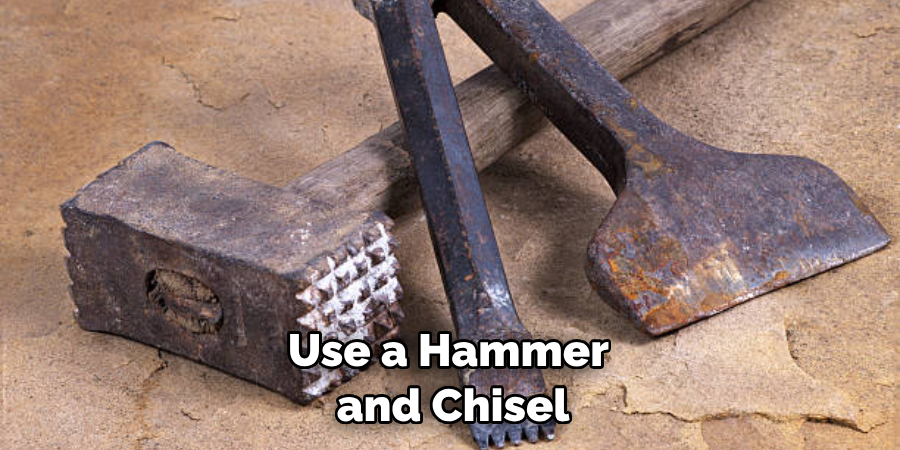
Step 3: Begin Drying the Floor
Once you have identified and removed any damaged boards, it is time to start drying out the wet wood planks. Begin by using a vacuum cleaner or wet vacuum to remove as much water as possible. Place dry towels or rags over the remaining damp areas and leave for several hours. Fans and dehumidifiers can also be used to help speed up the drying-out process.
Step 4: Sand and Refinish
Once your wet wood floor is completely dry, you will need to sand down any rough spots and refinish as necessary. Start with a coarse grit of sandpaper and move on to finer grades. Use wood filler or putty to patch up any holes left from the damaged boards. Then apply a layer of sealant (oil-based or water-based polyurethane) to help protect and preserve your floor for years to come.
Following these steps will help you successfully fix the wet wood floor and restore it back to its original glory! But if you ever find yourself dealing with water damage again, contact a trained professional to inspect the area and give you advice on how to proceed. That way, your wood flooring will be properly taken care of and stay looking new for years to come!
Additional Tips and Tricks to Fix Wet Wood Floor
1. If the water damage is severe and you need to replace some of the wood, try using a matching stain or wood filler to make it look as seamless as possible.
2. Dry out the area completely by using fans or dehumidifiers. This will help prevent mold and mildew from forming on your flooring.
3. To help reduce the chances of water damage in the future, try sealing your wood floors with a polyurethane-based sealant.
4. Make sure to keep the area around your wood floors dry and clean at all times. Vacuum regularly to prevent dirt and debris from accumulating that can lead to water damage.
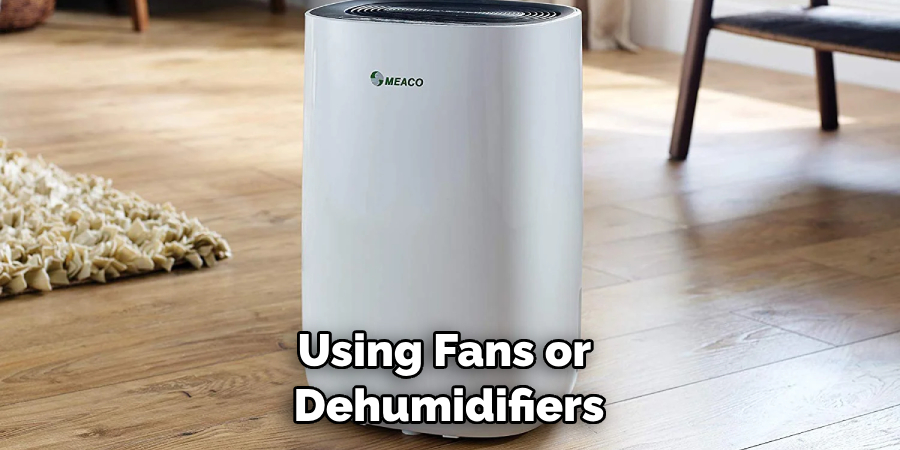
5. If you have an unfinished wood floor, consider applying a finish to help protect it from future water damage.
6. If you have carpets in the area, make sure to check for signs of water damage as well. Lift them up and inspect underneath for any moisture or discoloration that may be present.
7. If your wood floors are wet due to leaking pipes or nearby flooding, it’s important to act fast. Shut off the water supply and call a plumber to help you repair the problem as soon as possible.
8. If the floor needs to be removed, take care to not damage any of the surrounding walls or structures when doing so. Removing wet wood floors can be tricky and it’s important that you take all necessary precautions.
9. Keep in mind that water damage on your wood floors can become worse over time if not taken care of properly. It’s important to address any issue you come across quickly and efficiently in order to prevent further damage.
10. Lastly, if the water damage on your wood floors is too severe, don’t hesitate to call in a professional for help. A flooring specialist can help diagnose the issue and provide advice on how to properly fix it.
Following these tips and tricks can help you fix wet wood floors quickly and easily, and prevent any further damage from occurring. Taking the time to properly maintain your wood flooring will ensure that it lasts for a long time to come.
Things You Should Consider to Fix Wet Wood Floor
1. Check the Source of the Water:
Make sure to identify where the water is coming from, as this will help you determine how best to fix the issue. You may need to clean up any standing puddles or use a dehumidifier if there is excess moisture in the air. This will prevent further damage to your wood floor.
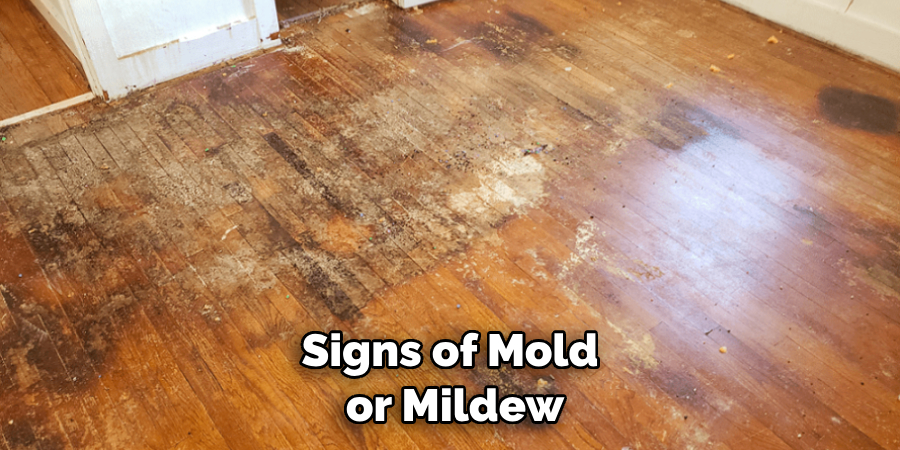
2. Determine What Type of Wood Flooring You Have:
It is important to consider the type of wood flooring that you have in order to choose the correct repair method. Different types of wood will react differently to water, and some may need special treatment. Determining what kind of wood floor you have will help you find the right solution.
3. Remove Any Loose or Warped Boards:
If there are any warped or loose boards, they should be removed immediately as they will be a source of further damage to the floor. You should also check for any signs of mold or mildew, as this can cause serious health concerns if not addressed quickly.
4. Consider Hiring a Professional:
Depending on the severity of the water damage, you may need to consider contacting a professional. They can assess the situation and provide advice on the best solution for your specific situation. It is better to be safe than sorry and get an expert opinion.
5. Replace Damaged Wood:
If the water has caused extensive damage to the wood, you may need to replace it entirely. This will ensure that your floor looks its best and will last for many years to come. Make sure to use the same type of wood that was used for the original flooring in order to match it up.
By following these considerations, you will be able to effectively and safely fix a wet wood floor. Taking the necessary steps to address the issue quickly can help avoid any further damage and make sure that your floor looks as good as new.
Frequently Asked Questions
How Do I Know if My Floor is Wet?
You may notice a change in the color of your wood floor, buckling and warping of the boards, or an unpleasant musty smell. If you suspect your floor is wet, it’s important to take action as soon as possible to prevent further damage.
What Can I Do to Fix a Wet Wood Floor?
The best way to address a wet wood floor is to identify the source of moisture and stop it from entering your home. Common sources of moisture include plumbing leaks, flooding, or condensation. Once you’ve identified and addressed the source, you can then begin the process of drying out your floor. This may involve using a dehumidifier, fans, or other methods depending on the severity of the moisture issue.
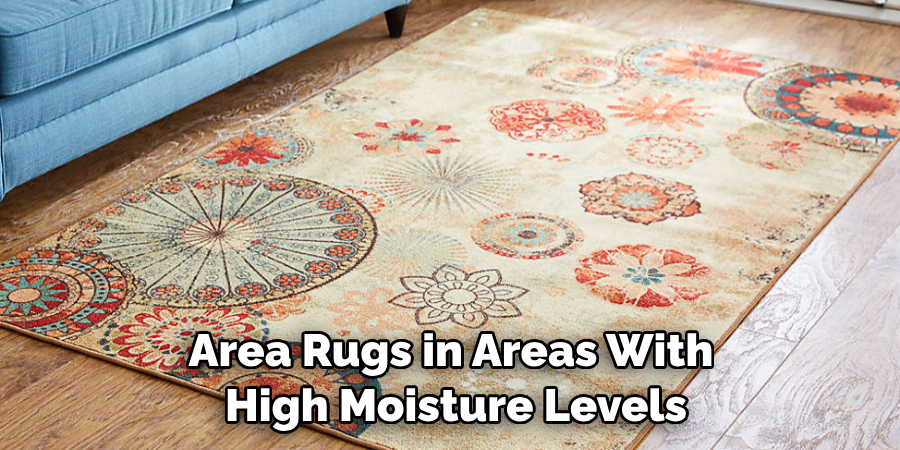
How Long Does It Take to Dry Out a Wet Wood Floor?
The amount of time it takes to dry out your floor will depend on the extent of water saturation and how quickly you act. If you’re able to address the source of moisture quickly and begin drying out your floor, it could take just a few days to dry. However, if the moisture issue is severe or not addressed quickly enough, it can take weeks or even months.
How Can I Prevent My Wood Floor from Getting Wet?
The most effective way to prevent your wood floor from getting wet is to ensure proper maintenance. Check plumbing regularly, repair leaks or water damage immediately, and keep your home well-ventilated. Additionally, using area rugs in areas with high moisture levels can help protect your floor from getting wet.
Conclusion
In conclusion, although wet wood floors can be quite an intimidating problem to repair, with a few simple steps, you can start getting it back to normal in no time. Make sure that you do all of the above-mentioned steps correctly for providing the best care and protection for your wooden flooring.
Before attempting any of these fixes on a major scale, test them out on a small and hidden area of your wood flooring to make sure that the selected technique won’t cause any damage. Now that you know how to fix wet wood floor, why not go ahead and give it a try? With the right kind of maintenance and proper attention, you can keep your wood floors looking as good as new!

